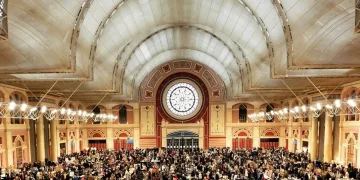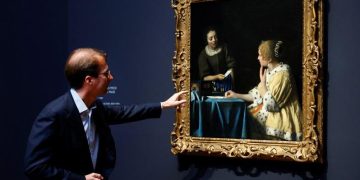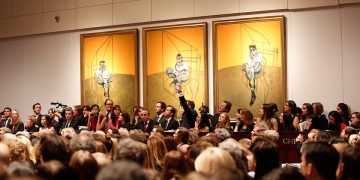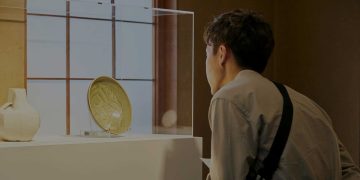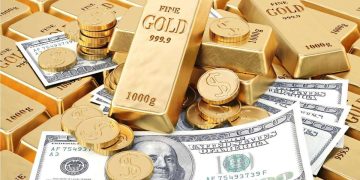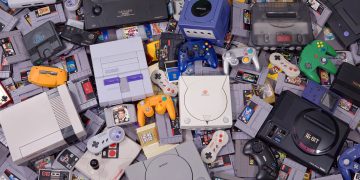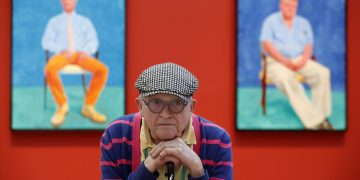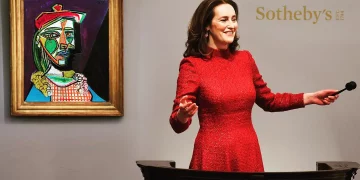The collectibles market has experienced a remarkable surge in recent years, with prices for rare items skyrocketing across various categories. From fine art and luxury watches to vintage cars and pop culture memorabilia, the landscape of collecting has been evolving rapidly. While some may attribute this to general economic conditions or short-term trends, several key factors are driving the market’s current trajectory. Let’s explore the major forces behind this boom and examine what’s pushing the prices of collectibles to new heights.
1. The Rise of Digital and Hybrid Collectibles: NFTs and Blockchain Technology
One of the most significant developments in the collectibles market in recent years has been the rise of Non-Fungible Tokens (NFTs) and other digital assets. NFTs, which use blockchain technology to authenticate and track ownership of digital items, have opened up a new realm for collectors. From digital art to rare moments in sports, NFTs have made their mark, resulting in considerable price appreciation.
Factors Driving Price Increases in NFTs:
- Celebrity and Artist Involvement: High-profile figures like Beeple, CryptoPunks, and even traditional artists such as Banksy have jumped into the NFT space, further legitimizing it and driving up interest.
- Scarcity and Exclusivity: NFTs are often produced in limited numbers, which creates a sense of scarcity—one of the driving forces in any collectibles market. A limited-edition NFT from a popular artist or influencer can fetch millions of dollars.
- Integration of NFTs with Traditional Collectibles: Some companies and artists are integrating physical collectibles with NFTs, creating a hybrid market. This convergence between digital and physical objects has expanded the value proposition for buyers and investors alike.
Why This Is Driving Prices Up: As more buyers and collectors shift their attention to digital assets, demand grows, pushing prices to extraordinary levels. The blockchain’s transparency, which provides immutable proof of ownership, also helps authenticate these digital goods, making them more attractive for long-term investment.
2. Increased Interest in Alternative Investments: Collectibles as Financial Assets
In a low-interest-rate environment, many investors are turning to alternative assets, including collectibles, as a hedge against inflation and a way to diversify their portfolios. Collectibles have long been seen as a form of luxury, but increasingly, they are being viewed as financial instruments that can offer a return on investment similar to traditional assets like stocks or real estate.
Factors Driving Price Increases:
- Economic Uncertainty: Events like the COVID-19 pandemic and economic volatility have led people to seek safe havens for their wealth. As a result, rare collectibles are viewed not only as aesthetic investments but as a store of value in times of uncertainty.
- Increased Investment in High-Value Items: As more institutional investors, hedge funds, and wealthy individuals enter the market, the demand for high-value collectibles—such as classic cars, rare watches, and fine art—has increased, driving prices to unprecedented levels.
- Media Attention and Social Media Influence: The power of social media and celebrity endorsements has played a pivotal role in creating public awareness of certain types of collectibles. This phenomenon has driven up interest in particular categories of collectibles, creating an environment of “fear of missing out” (FOMO) that pushes prices higher.
Why This Is Driving Prices Up: As the perception of collectibles as investments grows, new buyers enter the market, creating greater demand. This influx of demand for limited-edition or rare items accelerates price inflation, as high-net-worth individuals and investors look for ways to capitalize on the financial upside of collectible assets.
3. The Growth of Online Auction Platforms and Global Access
In the past, collectible items were primarily sold in physical auction houses or specialized stores. However, online auction platforms like Sotheby’s, Christie’s, and even niche marketplaces have radically transformed the way people buy and sell collectibles. These platforms offer global access, enabling bidders from around the world to participate in auctions, often increasing competition and, in turn, driving up prices.
Factors Driving Price Increases:
- Increased Accessibility: Online auctions allow people from various parts of the world to access previously difficult-to-find collectibles, resulting in more bidders and higher auction prices.
- Transparency and Real-Time Bidding: Online auction platforms provide real-time data on bidding trends, allowing collectors and investors to track interest levels and adjust their bids accordingly. This transparency can sometimes trigger price wars, further escalating the final sale price.
- Globalization: The ability to buy and sell internationally through online platforms has led to the development of a global market for collectibles, where items are no longer confined to local or regional boundaries. This has contributed to greater competition and higher prices.
Why This Is Driving Prices Up: The combination of wider access, global bidding, and the convenience of participating in online auctions has resulted in an increase in demand for rare items. More potential buyers from around the world are willing to participate in bidding wars, which drives prices higher than they would have been in a more localized market.

4. The Influence of Social Media and Pop Culture
Social media has become a powerful platform for shaping trends and influencing consumer behavior. Platforms like Instagram, TikTok, and YouTube have played a key role in driving the demand for certain types of collectibles, particularly in pop culture, sports memorabilia, and fashion. With influencers, celebrities, and even brands promoting collectibles, it has become easier for trends to spread quickly and create widespread demand.
Factors Driving Price Increases:
- Celebrity Endorsements: A well-known celebrity endorsing or displaying a specific collectible item—be it a vintage sneaker, sports card, or luxury watch—can significantly increase its value. The influence of celebrities has been integral in driving prices up for rare, limited-edition items.
- Influencer Culture and FOMO: Social media platforms are ideal for showcasing rare and exclusive items. The concept of owning something that is showcased by popular influencers or celebrities creates a sense of exclusivity and desirability, further driving up demand and prices.
- Pop Culture Memorabilia: Items related to entertainment franchises like Star Wars, Marvel, and Harry Potter, or retro video games and toys, are in high demand. The nostalgia factor and the rise of fan-based communities around these franchises have led to unprecedented growth in the prices of related memorabilia.
Why This Is Driving Prices Up: The global reach of social media allows collectibles to go viral, creating a sense of exclusivity and urgency. As collectors and investors seek to secure the next “big thing,” the attention from pop culture can drive prices to levels not previously seen for certain categories of collectibles.
5. Limited Supply and Scarcity of Rare Items
The age-old economic principle of supply and demand plays a crucial role in the collectibles market. Rare items with limited supply often attract high demand, pushing up prices. Whether it’s a vintage toy, a limited-edition print, or a one-of-a-kind artifact, the rarity of these items is a significant driver of price increases.
Factors Driving Price Increases:
- Limited Edition Releases: Brands and artists increasingly create limited-edition items, which creates a sense of scarcity. For example, luxury watchmakers or high-end sneaker brands often release products in small quantities, driving up their value due to demand exceeding supply.
- Auction Records and Historical Sales: High-profile auction results—such as a Picasso painting selling for tens of millions of dollars—can create a ripple effect in the market. Seeing these record-breaking sales can cause new buyers to flock to the market in hopes of securing their own rare collectible.
- Aging Populations and Heritage Value: As certain items become older and more scarce, their heritage and historical significance increase, making them even more desirable. This is particularly true in markets like vintage wine, classic cars, and fine art.
Why This Is Driving Prices Up: The scarcity of rare items has always been a major factor in driving up their prices. As more buyers seek rare and unique collectibles, competition for these items increases, leading to higher prices at auctions and retail outlets.
Conclusion: A Convergence of Trends Driving Collectible Prices to New Heights
Several powerful factors are at play in the current rise of prices within the collectibles market. From the influence of digital assets like NFTs to the accessibility provided by online auction platforms, the market is experiencing a major transformation. Increased interest from both individual collectors and institutional investors, combined with social media’s ability to influence demand, has led to a perfect storm of factors that are pushing prices higher.
For collectors and investors, understanding these trends and the forces behind them is crucial to making informed decisions in an increasingly competitive market. As these factors continue to shape the future of collectibles, it will be fascinating to see how the market evolves in the coming years.













